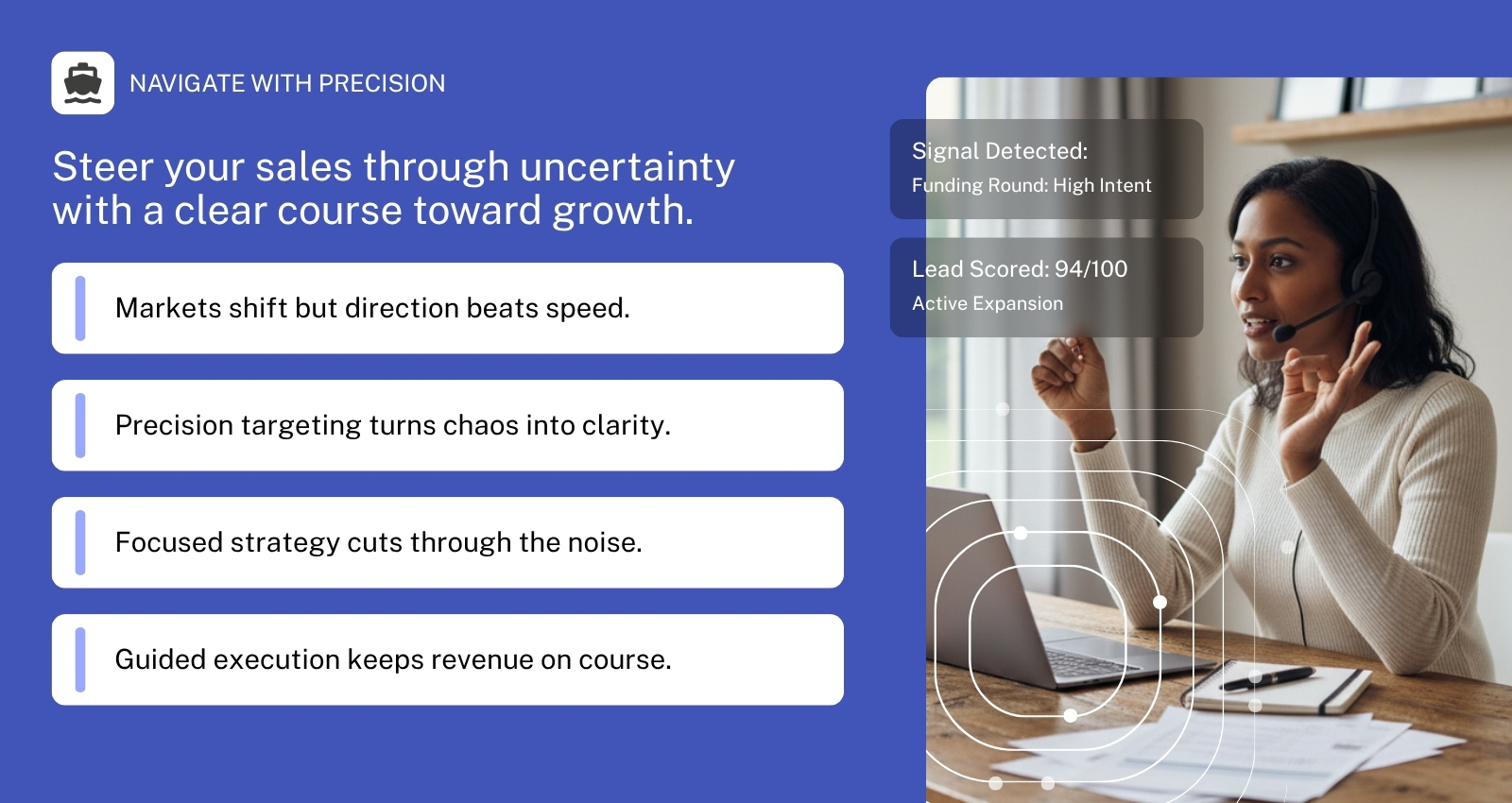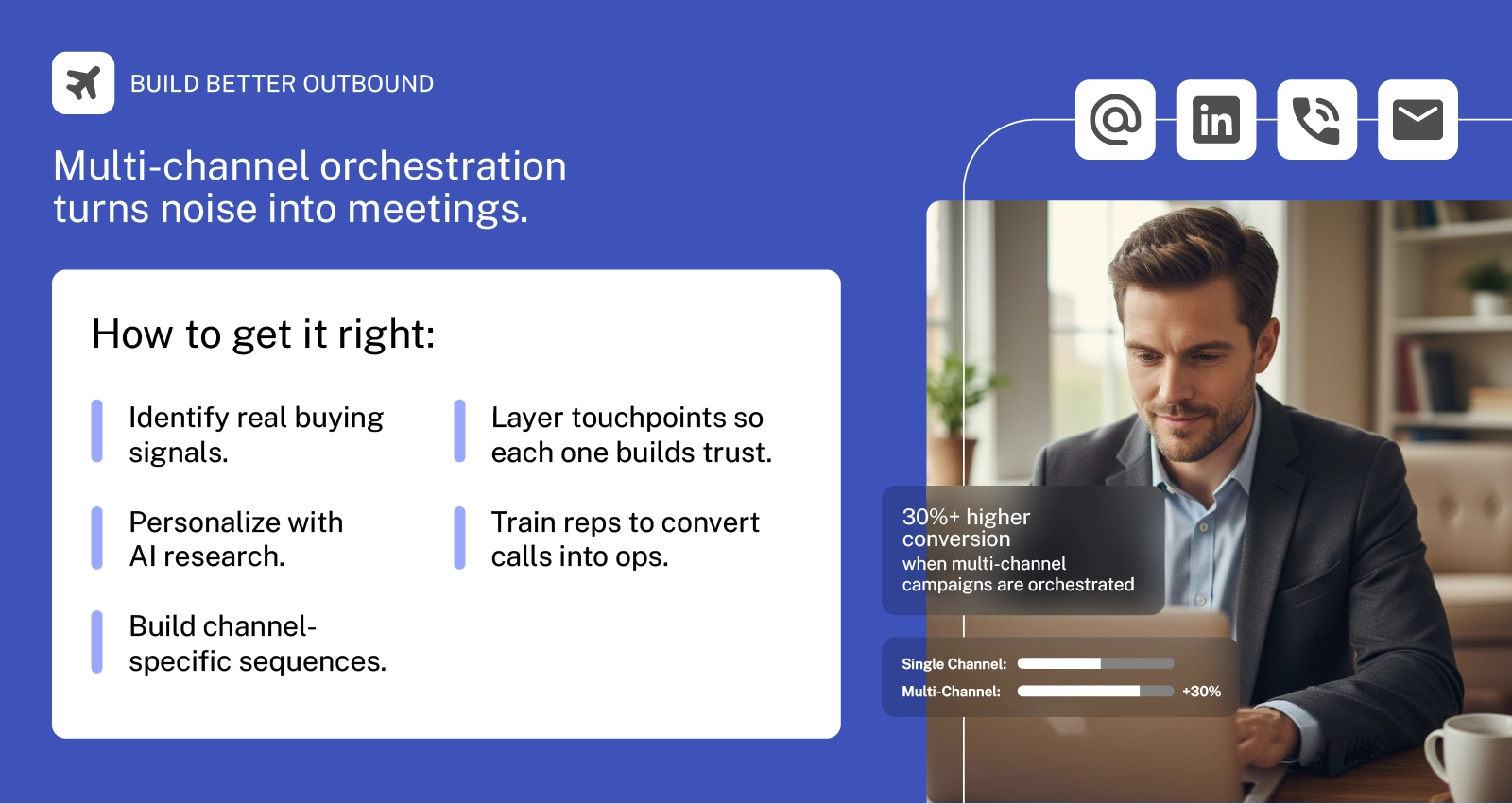

Your Long Form Copy is Boring!
What’s the Problem With B2B Copy?
You’re in an aeroplane, climbing 36,000 feet into the air, and then the engines cut out.
How many people could recite the flight safety announcement? Let alone remember the words on the safety card.
Not many.
No matter how relevant or important something is, people tend to listen to what's interesting rather than what’s informative.
That’s why there’s a problem in B2B copywriting, especially for long-form content.
In long-form B2B, you’re distilling complex topics into digestible information. But if you want your copy to be memorable, your words need to be more than just information.
Too many eBooks and whitepapers read like dull regurgitations of fact. It’s time they embrace the imaginative again.
This is what’s wrong with long-form B2B copy and how you can fix it.
Drowning in Adverbs
Here’s the start of a typical B2B whitepaper:

Adverbs push up like weeds through good B2B copy.
Keep them to a minimum because they spoil the patio.
Of course, some weeds are pretty. When you deploy an adverb next to an adjective, there’s an opportunity to create surprising and entertaining contrasts between the words.
But usually a strong active verb is far more impactful than an adverb.
Rather than saying: ‘The need for better long-form copy is increasingly important.’
Say something more interesting: ‘The need for better long-form copy is boiling over.’
What Happened to Metaphors?
My favourite teacher at school was Dr. Love.
He taught biology. I have zero interest in biology, let alone the role of pseudomonas in the nitrogen cycle.
But thanks to a song Dr. Love created, pseudomonas’s potent contribution to the denitrification of soil will never leave my brain.
It’s not what you teach, but how you teach it.
Which is why good metaphors can resurrect long-form B2B copy.
A drive for clarity and economy of expression seems to have furloughed metaphors. But while readability is now at an all-time high, bore-ability has also ballooned.
The power of metaphor is its ability to reach beyond a complex subject and provide the reader with an alternative ground in which to understand that subject.
It’s why Shakespeare’s characters often resort to metaphors, not out of pretension, but because they’re grasping for new ways of understanding complex circumstances.
Your long-form copy might not wade into the existential depths of Hamlet or Macbeth, but by introducing ideas with a simple metaphor your information becomes more meaningful.
Just remember. The only thing worse than a lack of metaphors is a proliferation of dense and nonsensical ones. If you’re using a metaphor: make it good; make it relevant.
Embrace Your Skim Readers
A wizard is never late, nor is he early. He arrives precisely when he means to.
Gandalf also said: Long-form copy is never lengthy, nor is it short. It is precisely as long as it needs to be.
But whatever length your copy, some people still won’t read it. Even though you won the Pulitzer Prize for Stand-Out Long-Form B2B Content and followed it up with a Booker Prize shortlisting.
People rarely have time.
As a copywriter, you cannot control the amount of time a reader will have when they click through to your content.
So when you’re structuring your document, keep your most time-sensitive readers in mind.
Your headlines, read one after the other, should be the hooks of your story. Place your ideas at the top of your paragraphs. And your final CTA should be one clear action.
(Thanks for not skimming.)
Don’t Forget Design!

Copy and design cohabitate. Be your designer’s best friend.
Before you begin drafting, brainstorm themes, layouts, and graphics so that from the very first word, your copy has design in mind.
Wall of text? Smithereen it with any number of formatting tricks:
- Bullet points
- Statistics
- Line breaks
- Pull-out quotes
- Graphics
- Images
- Checklists
- Quizzes
- Listicles
- Maps
- Fact boxes
Etc…
The best pages of long-form copy are a collage of memorable information, enjoyable in their component parts, but unified by design choices and the story of the headlines.
Never Settle for a First Draft
Good long-form copy does not arrive with the beauty of settled snow overnight.
It is beaten into shape.
Firstly, at a structural level, then sentence by sentence. Exfoliate the extraneous words, tighten the tedious, and dig to the heart of what you really meant.
Time away from a piece will rejuvenate your editorial judgement. With fresh eyes, you can cut and restitch your copy until it’s better.
Then, and only then, will it seem like the secret to good long-form copy is simply hard work.
But the real secret, no matter what you’re writing, is acceptance. Accept that the first draft will be terrible so the second can be better.
If each draft is more memorable than the last, your long-form copy might just shed the Boring 2 Boring stereotype soon enough.
So, Now You Know…
Long-form copy is vital to converting customers and communicating brand identity.
It demonstrates your expertise and functions as an opportunity to interlace your company’s solutions with your customer’s needs.
It’s technical, instructional writing, but that doesn’t mean it can’t also be imaginative.
Embrace the imaginative and your long-form copy will be far more effective

What’s the Problem With B2B Copy?
You’re in an aeroplane, climbing 36,000 feet into the air, and then the engines cut out.
How many people could recite the flight safety announcement? Let alone remember the words on the safety card.
Not many.
No matter how relevant or important something is, people tend to listen to what's interesting rather than what’s informative.
That’s why there’s a problem in B2B copywriting, especially for long-form content.
In long-form B2B, you’re distilling complex topics into digestible information. But if you want your copy to be memorable, your words need to be more than just information.
Too many eBooks and whitepapers read like dull regurgitations of fact. It’s time they embrace the imaginative again.
This is what’s wrong with long-form B2B copy and how you can fix it.
Drowning in Adverbs
Here’s the start of a typical B2B whitepaper:

Adverbs push up like weeds through good B2B copy.
Keep them to a minimum because they spoil the patio.
Of course, some weeds are pretty. When you deploy an adverb next to an adjective, there’s an opportunity to create surprising and entertaining contrasts between the words.
But usually a strong active verb is far more impactful than an adverb.
Rather than saying: ‘The need for better long-form copy is increasingly important.’
Say something more interesting: ‘The need for better long-form copy is boiling over.’
What Happened to Metaphors?
My favourite teacher at school was Dr. Love.
He taught biology. I have zero interest in biology, let alone the role of pseudomonas in the nitrogen cycle.
But thanks to a song Dr. Love created, pseudomonas’s potent contribution to the denitrification of soil will never leave my brain.
It’s not what you teach, but how you teach it.
Which is why good metaphors can resurrect long-form B2B copy.
A drive for clarity and economy of expression seems to have furloughed metaphors. But while readability is now at an all-time high, bore-ability has also ballooned.
The power of metaphor is its ability to reach beyond a complex subject and provide the reader with an alternative ground in which to understand that subject.
It’s why Shakespeare’s characters often resort to metaphors, not out of pretension, but because they’re grasping for new ways of understanding complex circumstances.
Your long-form copy might not wade into the existential depths of Hamlet or Macbeth, but by introducing ideas with a simple metaphor your information becomes more meaningful.
Just remember. The only thing worse than a lack of metaphors is a proliferation of dense and nonsensical ones. If you’re using a metaphor: make it good; make it relevant.
Embrace Your Skim Readers
A wizard is never late, nor is he early. He arrives precisely when he means to.
Gandalf also said: Long-form copy is never lengthy, nor is it short. It is precisely as long as it needs to be.
But whatever length your copy, some people still won’t read it. Even though you won the Pulitzer Prize for Stand-Out Long-Form B2B Content and followed it up with a Booker Prize shortlisting.
People rarely have time.
As a copywriter, you cannot control the amount of time a reader will have when they click through to your content.
So when you’re structuring your document, keep your most time-sensitive readers in mind.
Your headlines, read one after the other, should be the hooks of your story. Place your ideas at the top of your paragraphs. And your final CTA should be one clear action.
(Thanks for not skimming.)
Don’t Forget Design!

Copy and design cohabitate. Be your designer’s best friend.
Before you begin drafting, brainstorm themes, layouts, and graphics so that from the very first word, your copy has design in mind.
Wall of text? Smithereen it with any number of formatting tricks:
- Bullet points
- Statistics
- Line breaks
- Pull-out quotes
- Graphics
- Images
- Checklists
- Quizzes
- Listicles
- Maps
- Fact boxes
Etc…
The best pages of long-form copy are a collage of memorable information, enjoyable in their component parts, but unified by design choices and the story of the headlines.
Never Settle for a First Draft
Good long-form copy does not arrive with the beauty of settled snow overnight.
It is beaten into shape.
Firstly, at a structural level, then sentence by sentence. Exfoliate the extraneous words, tighten the tedious, and dig to the heart of what you really meant.
Time away from a piece will rejuvenate your editorial judgement. With fresh eyes, you can cut and restitch your copy until it’s better.
Then, and only then, will it seem like the secret to good long-form copy is simply hard work.
But the real secret, no matter what you’re writing, is acceptance. Accept that the first draft will be terrible so the second can be better.
If each draft is more memorable than the last, your long-form copy might just shed the Boring 2 Boring stereotype soon enough.
So, Now You Know…
Long-form copy is vital to converting customers and communicating brand identity.
It demonstrates your expertise and functions as an opportunity to interlace your company’s solutions with your customer’s needs.
It’s technical, instructional writing, but that doesn’t mean it can’t also be imaginative.
Embrace the imaginative and your long-form copy will be far more effective















